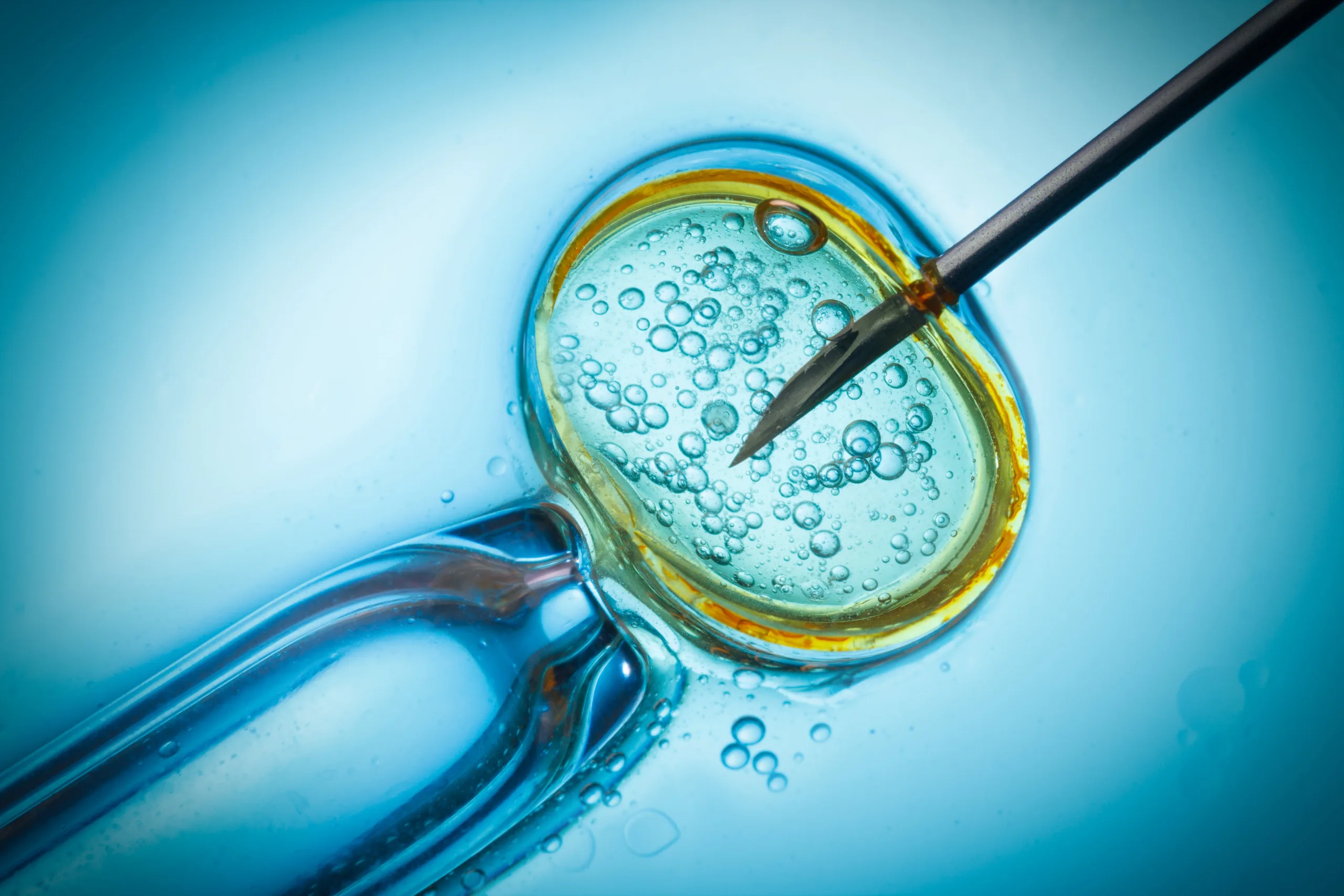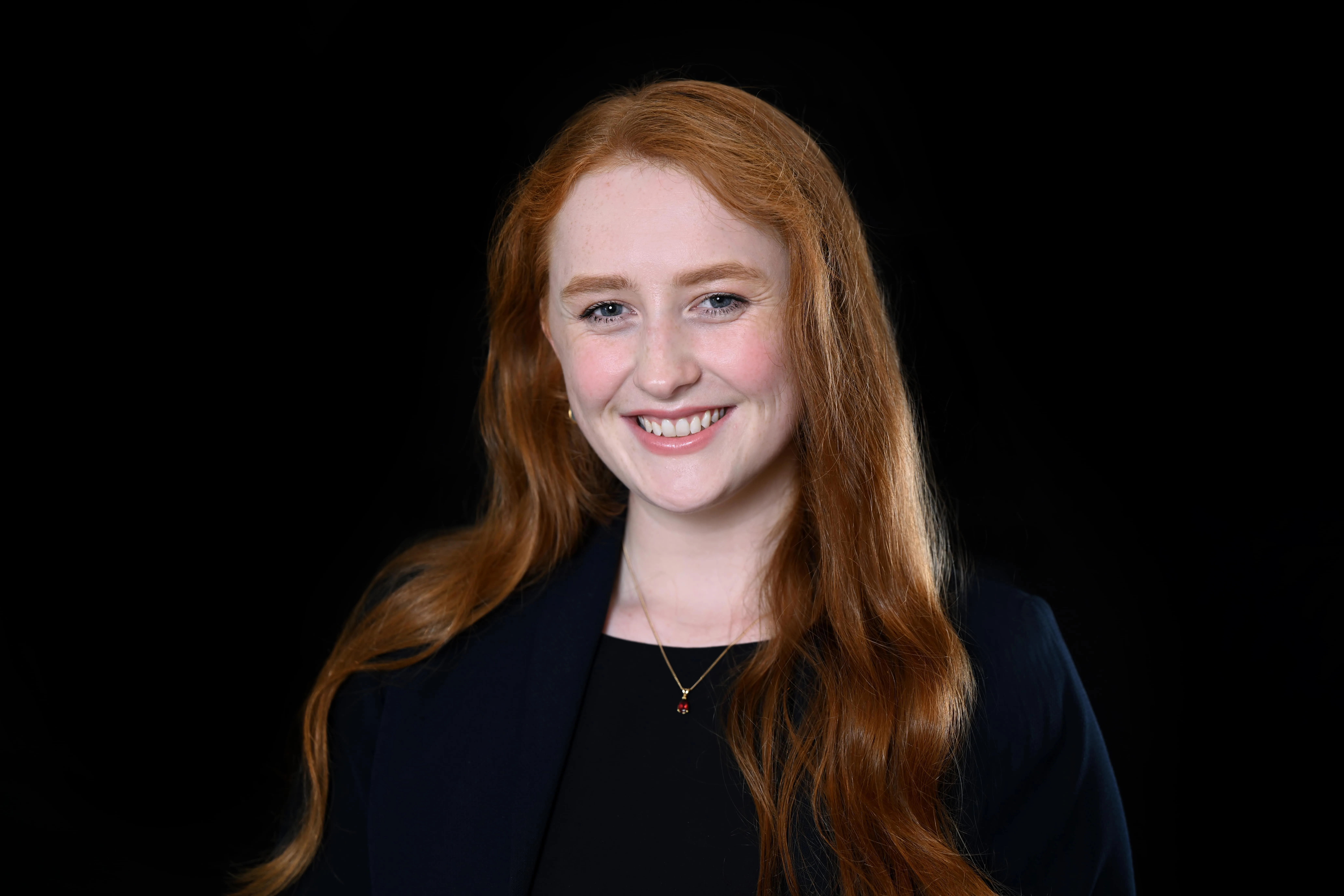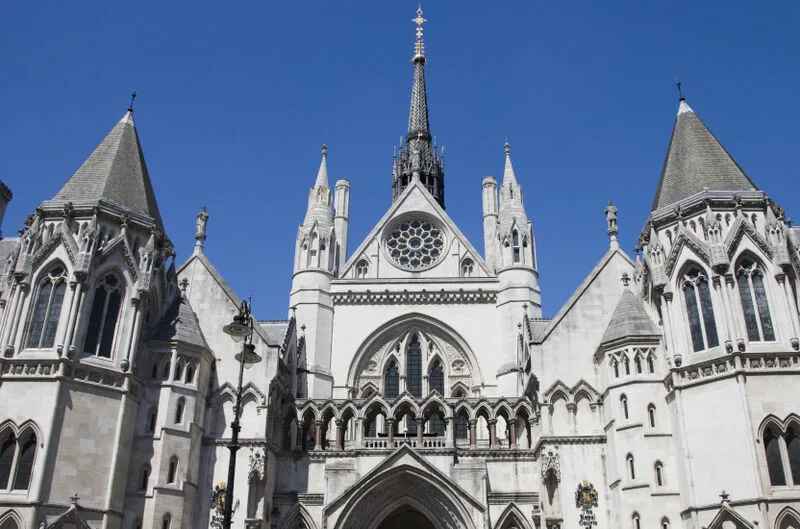In 2005, new policy removed anonymity for sperm, egg and embryo donors in the UK, allowing donor-conceived people to learn the identity of their biological donor parent at the age of 18. In October 2023, the first eligible generation comes of age.
In 2005, the law in respect of the anonymity of egg, sperm and embryo donations changed. Thereafter, donors registering with the UK’s independent regulator of fertility treatment, the Human Fertilisation and Embryology Authority (“HFEA”) could no longer expect to remain anonymous.
Donor-conceived people born from donations made by donors registered after 1 April 2005 can apply for information which identifies their donor upon their 18th birthday. The first generation of children born from these donations will soon be turning 18 and HFEA expects the first donor-conceived people to become eligible in October 2023. Between 2023 and 2024, HFEA expect around 766 people to become eligible; a number which rises to 11,427 by 2030.
These donor-conceived people will be able to request their donor’s identifying information, including their full name, date of birth and last known address. This will give donor-conceived people the opportunity to find out more about their genetic heritage and get in touch with their donor. Not all donor-conceived people will wish to meet their donors, even if they request the identifying information, and not all donor-conceived people will know that they are donor-conceived so it remains to be seen how many donors will be identified in practice.
Children born from donations made by anonymous donors registered before this date, even if conception was after 1 April 2005, will not be eligible, unless the anonymous donors re-register with HFEA to become identifiable. Donor-conceived people aged 16 or over can still contact HFEA to ask for non-identifying information about their donor. HFEA can provide, depending on the extent of the information they hold, details of the donor including the physical characteristics of the donor, such as their height, weight, skin colour, eye colour and hair colour, their ethnicity, the year and country of the donor’s birth, and the personal and family medical history of the donor. The donor’s religion, interests and reasons for donating can also be provided.
In light of this watershed moment in fertility law, HFEA launched the campaign #WhoIsMyDonor to urge donors to consider updating their contact details at their clinic so that donor-conceived people can make contact with their donors if they wish.
Moreover, some donors are interested to know if their donations led to the conception of any children. Donors who donated after 1 August 1991 can apply to find out the number of children conceived from their donation, the sex of those children and the year those children were born. The clinics themselves may also be able to inform donors of the outcome of their donation.
Separately, HFEA also have a means of connecting donor-conceived siblings, for example, where donor-conceived people share a sperm donor, who apply to join the database once over the age of 18. Therefore, it remains open to donor-conceived people to connect with more of their donor relations, if this is something of interest to them.





